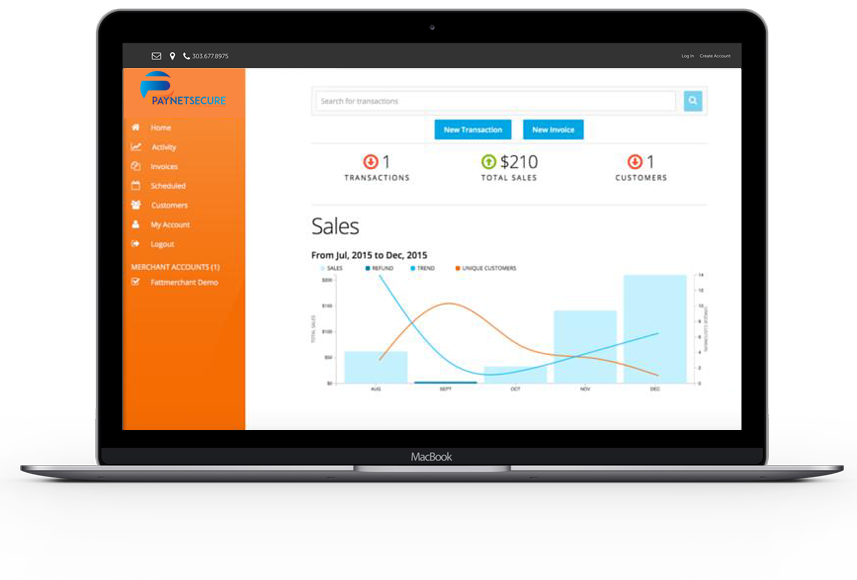Interchange is Confusing
A merchant said he had a sales rep approach him, show him the card not present rate on on interchange table and told him that’s what he would be charged for all internet transactions. It looked like a pretty good deal to him.
What the sales agent didn’t tell the merchant is that there are over 90 interchange rates.
And, the sales agent didn’t reveal to the merchant that interchange is based in large part on the type of card that is used to make a purchase. That is, what card the buyer is using.
There are endless types of cards that people use to make payments online. Lots of people use rewards cards. A rewards card is lined to accruing airline miles, cash back, or other types of rewards that the issuing bank offers in order to encourage buyers to use a particular card.
Interchange rates for rewards cards are much higher than cards that are not linked to any reward. In addition, corporate cards are also assessed higher interchange fees.
Merchants Have Little Control
One of the complaints merchants have been griping about for years is that the card brands and banks are essentially subsidizing card reward programs through the use of higher interchange rates. And there is certainly validity to that argument.
The interchange system is so complex that it’s challenging even for experts to understand it. Don’t be taken in by promises of low rates.
Instead of looking at interchange rates, determine you effective rate of processing. A simple mathematical calculation yields a much more useful number in determining how much is really being charged for processing.
Conclusion
Interchange plus pricing models have become more common for both standard risk & high risk merchants. Yet, it’s important for you to understand what your real costs of processing are. The best way to do this is to calculate what your effective rate of processing is.
How are much are you really paying for payment processing?
Contact info@paynetsecure.net today
